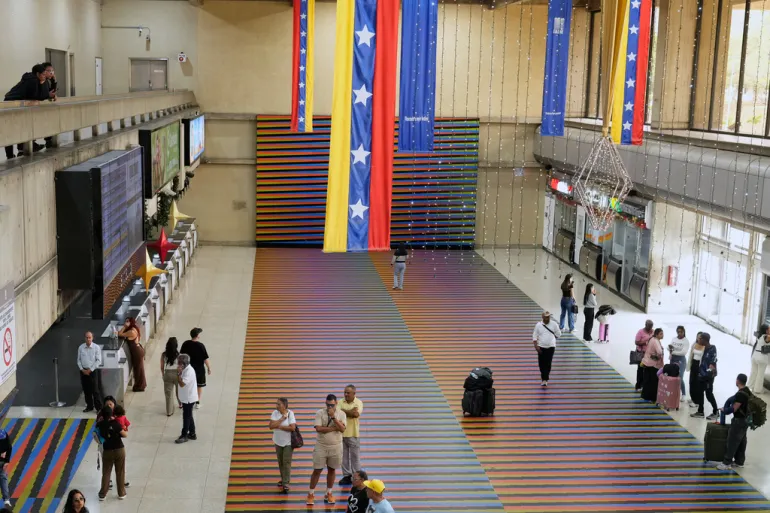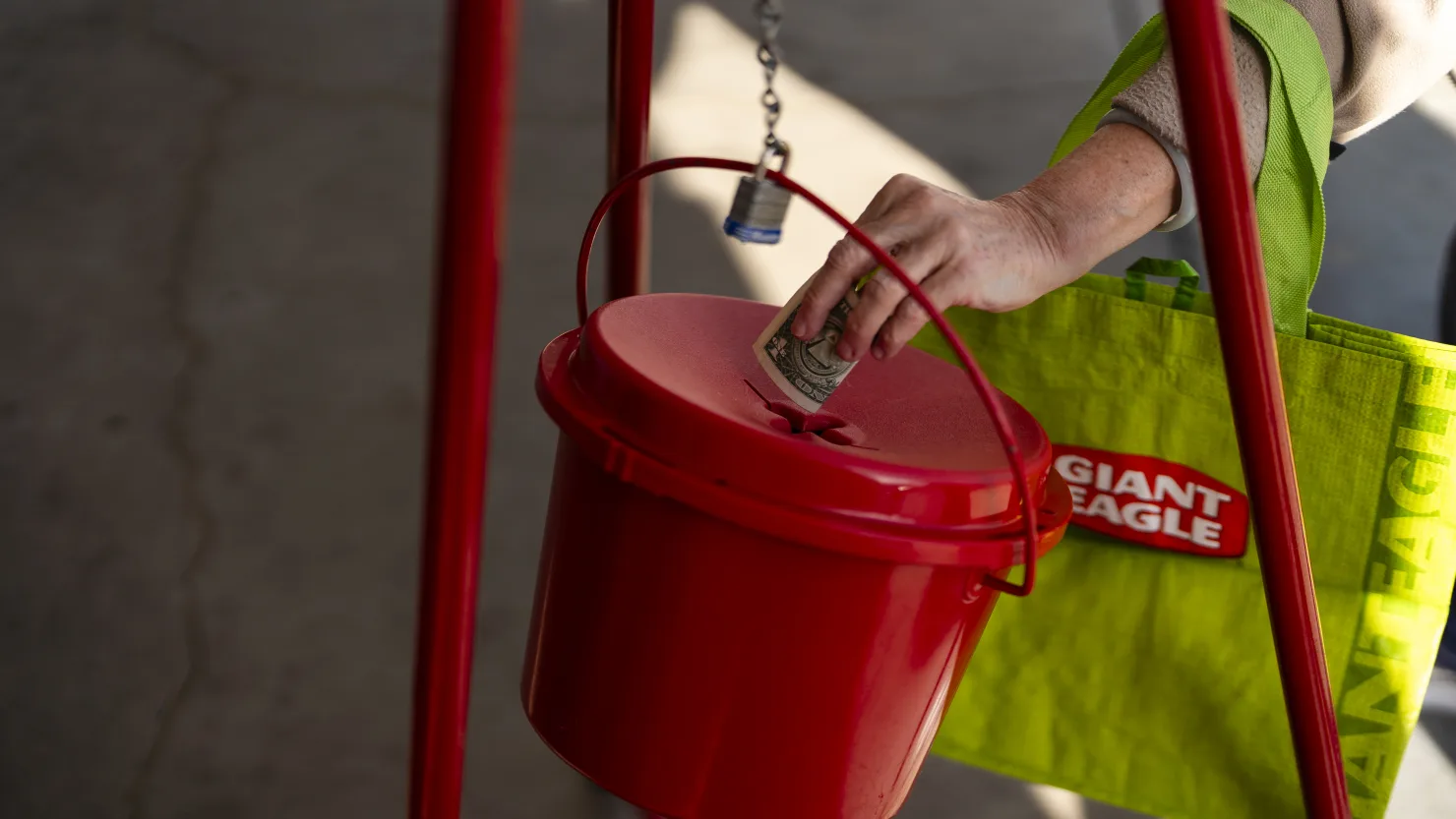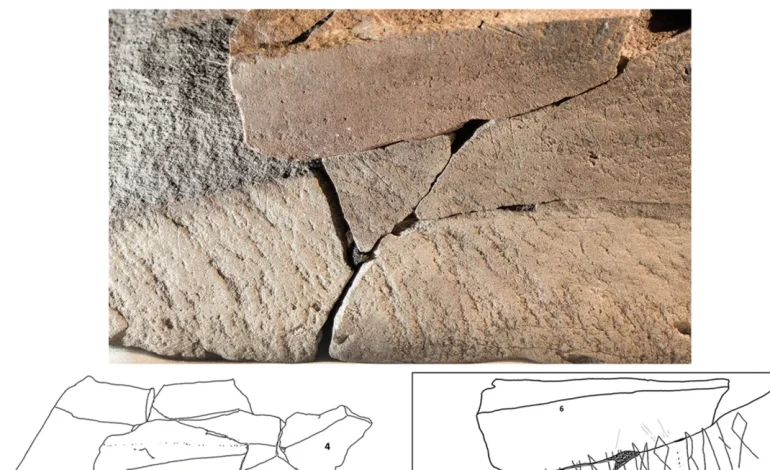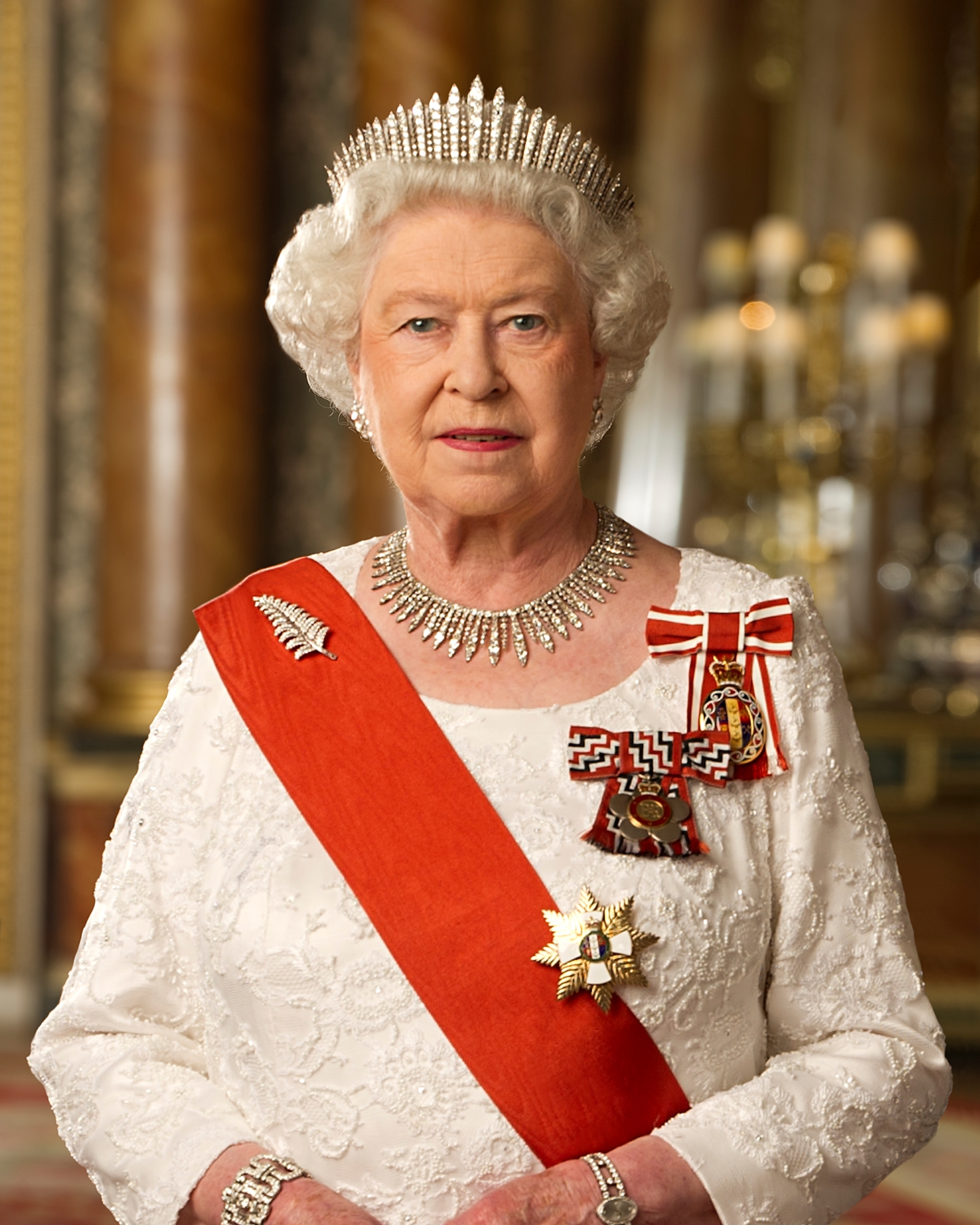A landmark discovery from 2023, the world’s oldest dated rune stone, has been revealed to be part of a much larger, nearly 2,000-year-old slab, CNN reports.
Scientists in Norway are now painstakingly reassembling the ancient fragments, hoping to unlock secrets about the origins of runic writing and the people who used it.
Researchers initially unearthed the oldest known rune stone in 2021 while investigating an ancient grave site in eastern Norway. But as the fieldwork continued, the researchers uncovered additional sandstone fragments, some bearing similar runic inscriptions, in other nearby graves.
Runes, the building blocks of the first Germanic writing, emerged within the first few centuries AD, drawing potential inspiration from the Roman alphabet. The Svingerud stone fragments, found buried alongside cremated human remains, have been radiocarbon dated to between 50 BC and AD 275, solidifying their status as the oldest documented examples of runic writing.
The broken pieces appeared to fit together, with some of the runic script from one stone continuing onto another, and the scientists realized the fragments were all once part of a single stone. According to Dr. Kristel Zilmer, professor of runology at the University of Oslo’s Museum of Cultural History, the fragments feature “a remarkable mixture of multiple inscriptions and other markings — unlike anything previously seen on rune-inscribed stones.”
The research team’s work to uncover more about numerous additional small fragments uncovered in 2023 remains ongoing, and the researchers are still trying to determine the best way to put them together. Researchers believe the stone was intentionally fragmented and individual pieces were placed in different burials.










The latest news in your social feeds
Subscribe to our social media platforms to stay tuned